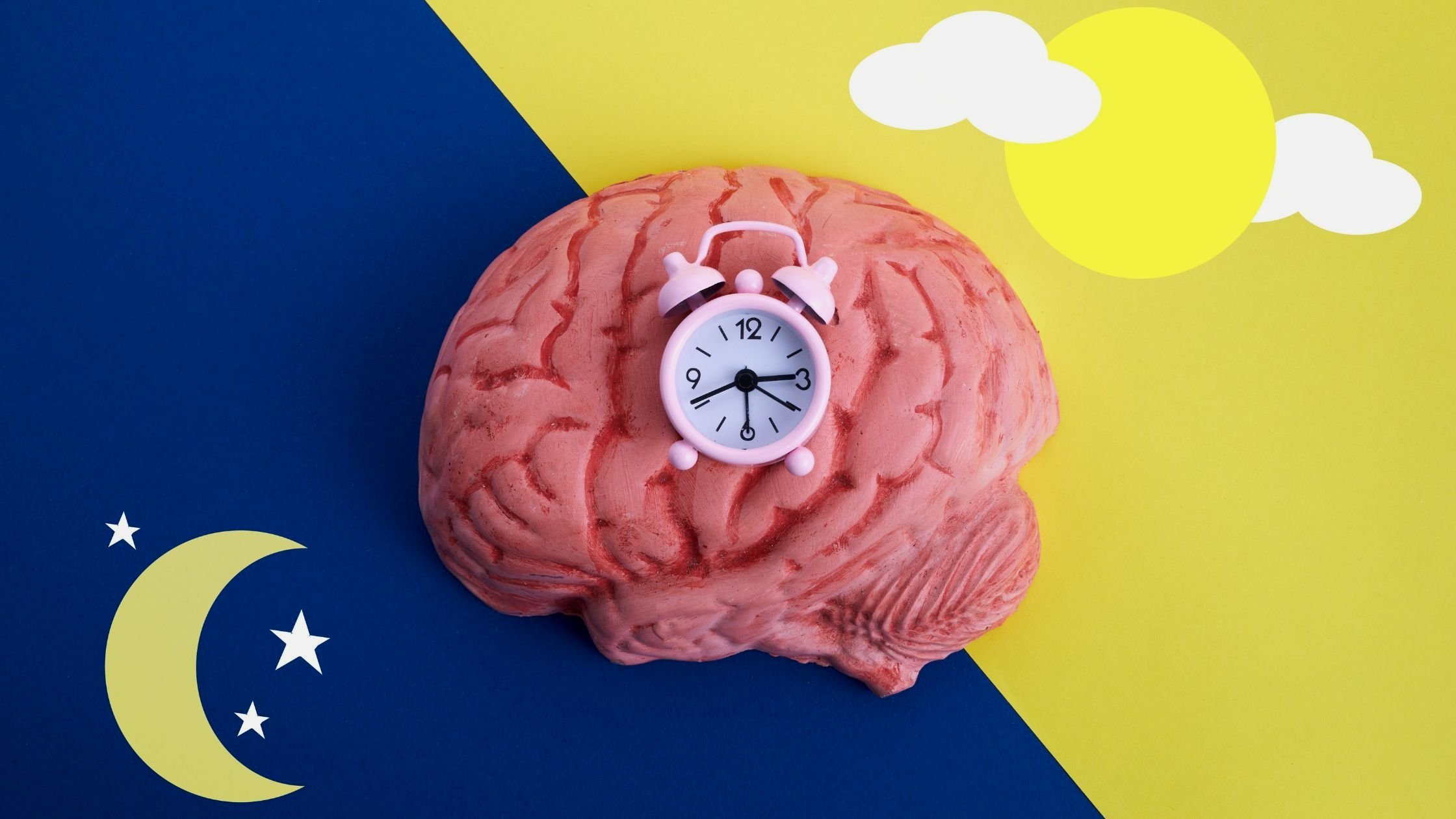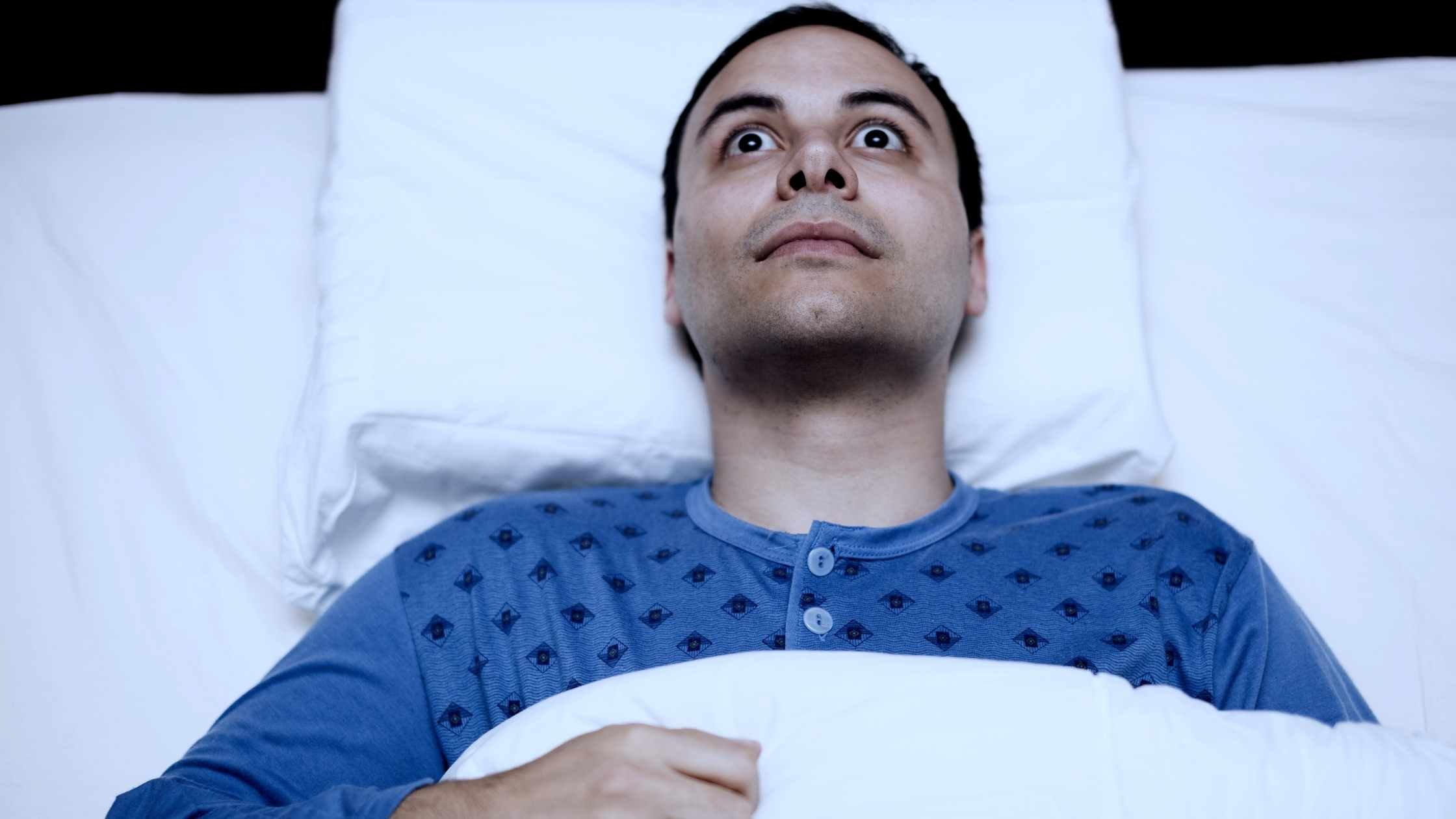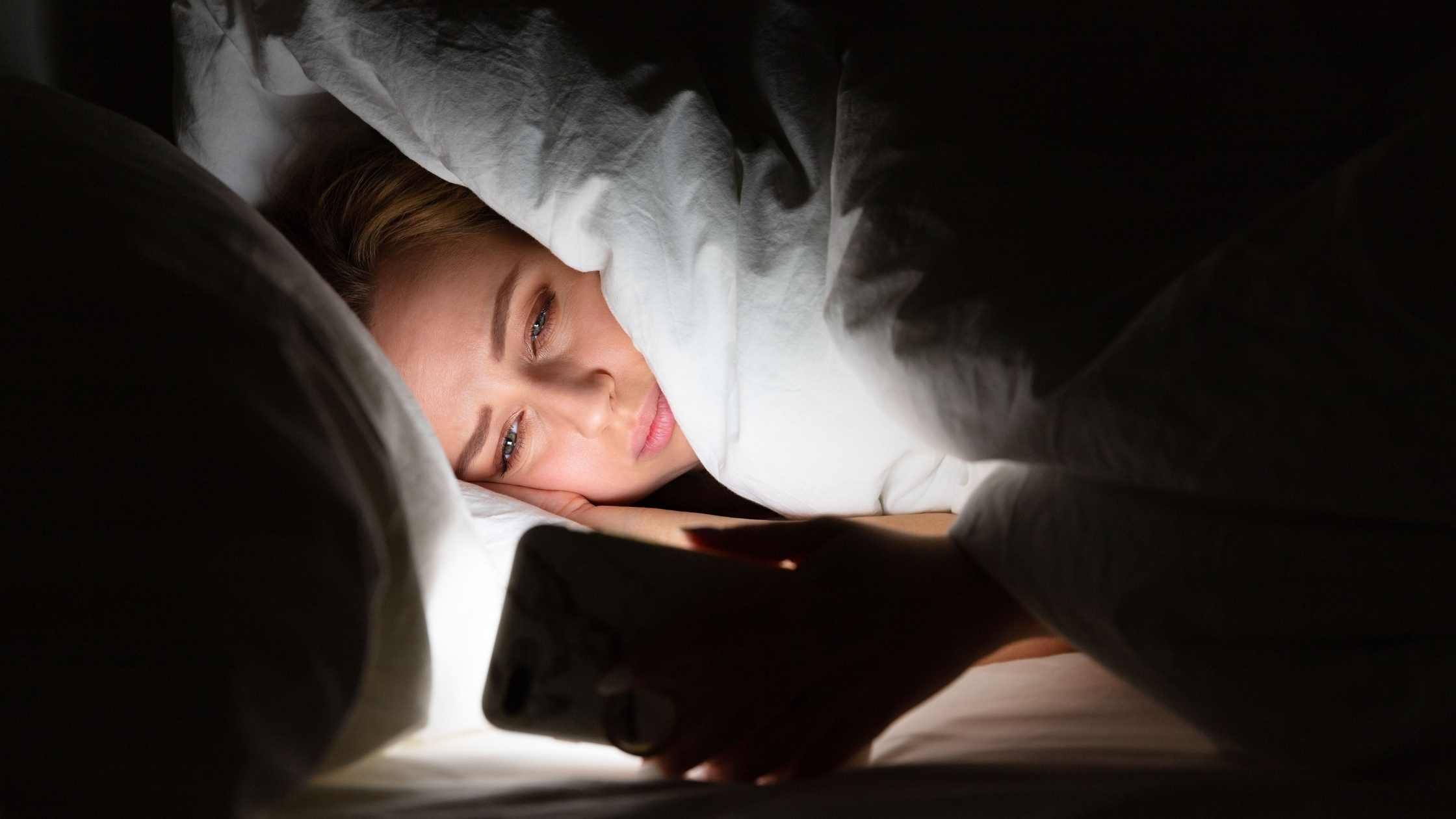
Circadian Rhythm Sleep Disorders
Table of Contents Hide
What Are Circadian Rhythm Sleep Disorders?
Circadian rhythm sleep disorders (CRSD), or more correctly - Circadian Rhythm Sleep-Wake Disorders (CRSWD) - are a group of recognised Sleep Medicine disorders that affect a person's sleep patterns.
A circadian rhythm is a natural biological process that runs on a roughly 24-hour cycle. The word “circadian” is derived from two Latin terms—“circa” meaning about and “diem” which means “day,” in other words “about a day”. The human sleep-wake cycle is one of the most well known circadian rhythms.
The circadian rhythm of the human sleep cycle is controlled by a "biological clock" or "internal clock" located in the brain. This internal clock uses day and night (light and dark) cues from the external environment to synchronise periods of sleep and wake and other daily activities. The circadian clock also helps to regulate many important body functions, including hormone production, metabolism, and body temperature.
Circadian rhythm sleep disorders occur when there is a disruption to the synchronisation of the internal circadian system and the 24-hour light-dark cycle of external environment. This results in changes to how and when a person's sleep time occurs during a 24-hour period compared to the typical timing or circadian phase for sleep for a human. If a person with a CRSD tries to keep a typical sleep schedule so they can meet social obligations such as work or school, they may experience trouble falling asleep (delayed sleep phase), or waking early (advanced sleep phase) resulting in reduced nighttime sleep, an overall lack of sleep, and daytime consequences such as sleepiness and numerous health conditions linked to sleep deprivation.
What Are Common Circadian Rhythm Disorders?
The International Classification of Sleep Disorders (ICSD-3) includes seven types of circadian rhythm sleep wake disorders, being:
Advanced sleep phase disorder (ASPD) or advanced sleep-wake phase disorder (ASWPD): Sleep timing is several hours early compared to a conventional schedule, with evening sleep onset (18:00–21:00) and spontaneous early morning awakening (02:00–05:00). Also referred to as advanced sleep phase syndrome.
Delayed sleep phase disorder (DSPD) or delayed sleep-wake phase disorder (DSWPD): Preferred sleep and wake times are delayed by several hours compared to conventional timing, but in the absence of social constraints (e.g. weekends) sleep quality and duration is otherwise normal. Patients often present with difficulty falling asleep and subsequent daytime sleepiness, with habitual bedtimes 02:00–06:00 or later. Also referred to as delayed sleep phase syndrome.
Irregular sleep-wake rhythm disorder (ISWRD): Sleep is very fragmented throughout the day, without any clear pattern, though total sleep duration may be normal.
Non-24-hour sleep-wake rhythm disorder or non-24-hour sleep-wake disorder (N24SWD): Patients drift a little each day, such that their sleep- wake cycle moves in and out of phase with the environment every few weeks, making it difficult to maintain any stable schedule.
Shift work disorder (SWD): People with shift work disorder are considered to have an “extrinsic” disorder because the natural regulation of the sleep-wake cycle is intact in shift workers but it is out of sync with the external environment or societal demands. The abrupt shift in the light/dark cycle that occurs with shift work disrupts the body clock. Symptoms include both insomnia and excessive sleepiness, with shift workers experiencing either both symptoms, or just one.
Jet lag disorder (JLD): Individuals traveling across time zones suffer sleep disruption, particularly when many time zones are crossed, and particularly when traveling west to east.
Circadian sleep–wake disorder not otherwise specified.
What Causes Circadian Rhythm Sleep Disorders?
Causes of circadian rhythm disorders are unclear. There are a number of factors that are thought to contribute to circadian rhythm sleep disorders and associated sleep problems. Genetic factors are thought to play a role in some circadian disorders. Longer circadian period lengths (delayed sleep disorder) or shorter circadian period lengths (advanced sleep disorder) can influence a person's sleep period and ability to stay synchronised with the external light/dark cycle. Age can also contribute, with humans naturally experiencing a delay in sleep timing around adolescence and a gradual shift toward sleep earlier in the evening with age. Behavioural factors and sleep habits that interfere with sleep also likely play a role, for example light in the evening in the form of blue screens and social media are thought to contribute to DSWPD. Other circadian rhythm sleep disorders are caused by misalignment of normal sleep and activity with the day/night cycle such as when an individual works shifts, or travels through multiple time zones.
How Common Are Circadian Rhythm Sleep Disorders?
Circadian rhythm sleep disorders may occur in up to 3% of individuals in the general population. However, some studies suggest this number could be as high as 10% in adults and 16% in adolescents due to either missed diagnoses or misdiagnoses.
The blind are a special population that are particularly vulnerable to development of circadian rhythm disorders. One in five experiences a complete absence of light perception. In this population, circadian rhythm sleep-wake disorders have prevalence estimates as high as 60–80%.
What Are The Diagnostic Criteria For Circadian Rhythm Sleep Disorders?
Criteria for the diagnosis of circadian rhythm sleep disorders as listed in the DSM-5 are:
A persistent or recurrent pattern of sleep disruption that is primarily due to an alteration of the circadian system or to a misalignment between the endogenous circadian rhythm and the sleep-wake schedule required by an individual’s physical environment or social or professional schedule.
Sleep disruption that leads to excessive sleepiness, insomnia, or both.
The sleep disturbance causes clinically significant distress or impairment in social, occupational, and other important areas of functioning.
How Are Circadian Rhythm Sleep Disorders Diagnosed?
The International Classification of Sleep Disorders third edition (ICSD-3) published by the American Academy of Sleep Medicine recommends that clinicians should use multiple sources to diagnose CRSWDs. Sleep studies, such as those used for obstructive sleep apnea are not required. Instead, caregiver reports, sleep logs, and/or actigraphy should be used to help assess sleep patterns over time. These should cover at least 7 days but ideally 14 days or more. Clinicians may also use chronotype questionnaires such as the Morningness-Eveningness Questionnaire (MEQ), to support diagnosis. Objective circadian phase markers such as salivary DLMO, core body temperature and/or other objective markers for circadian rhythm can be used, however they are not required and their role in diagnosis remains uncertain.
Written By: The Better Sleep Clinic Team
Reviewed By: Dan Ford, Sleep Psychologist
Key References
https://doi.org/10.1016/B978-0-323-24288-2.00040-4
https://doi.org/10.1212/CON.0000000000000499




